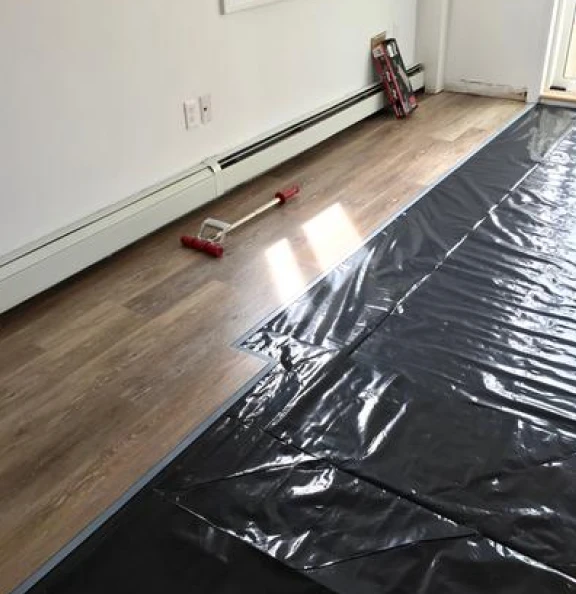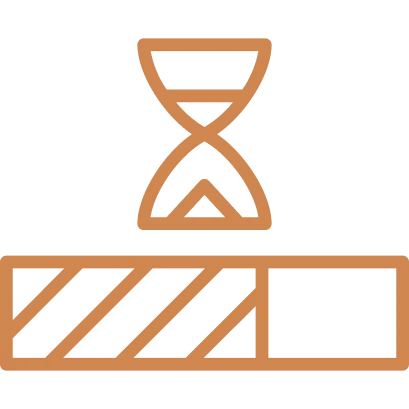Moisture Barrier for
Flooring in Spokane
Our Spokane flooring store offers proven moisture barrier systems to help stop that from happening. Keep Spokane floors safe from vapor and seasonal shifts. Shop wholesale moisture barriers that lock out moisture and keep wood and vinyl installations stable for years.
Moisture Barrier Spokane
Moisture is a leading cause of buckling boards, loose planks, and mold. Spokane’s seasonal moisture fluctuations exacerbate the problem, particularly in older homes and mixed-use buildings. That’s why it’s critical to install a barrier that holds up.
We carry products that help create a strong layer between the subfloor and your flooring surface. For slab, plywood, or even mixed foundations, you’ll find something that seals tight and holds strong.
Top brands installers use:
- Loba
- Pallmann
- Fortifiber


Sheet Barriers
Spokane
When installers need quick coverage, sheet barriers are the answer. These roll-out sheets provide a protective layer across the entire subfloor and install quickly without complicated preparation. Perfect for crawl spaces, basement floors, and remodels in Spokane’s moisture-prone zones.
Top choice:
- Aquabar
Lock Out Moisture with
Liquid Vapor Barrier Spokane
Concrete foundations in Spokane require more than just surface preparation. Moisture rises through cracks and pores that are easy to miss. Our liquid-applied barriers level out the surface and form a sealed coat that blocks water from the inside out.
Common installs:
- Fitness spaces
- Finished basements
- Office floors built on slab
Top pick:
- Wakol PU 280
Why Professionals Need Hardwood Floor Moisture Barrier Spokane
Spokane’s climate isn’t just cold or dry, as it changes fast. That up-and-down humidity leads to flooring movement and long-term problems. A solid moisture barrier helps keep everything in place and looking good.
TESTIMONIAL
Wood Floor Vapor Barrier Spokane
Moisture damage doesn’t show up right away. By the time you notice it, the floor is already compromised. Our team helps you choose between sheet systems, liquid barriers, or hybrid options. The right choice depends on your floor type, site condition, and installation plan.
Each project is different. Rustic Wood Floor Supply focus on what works best for your space. From the subfloor up, we make sure your floors stay protected and strong for years to come.




